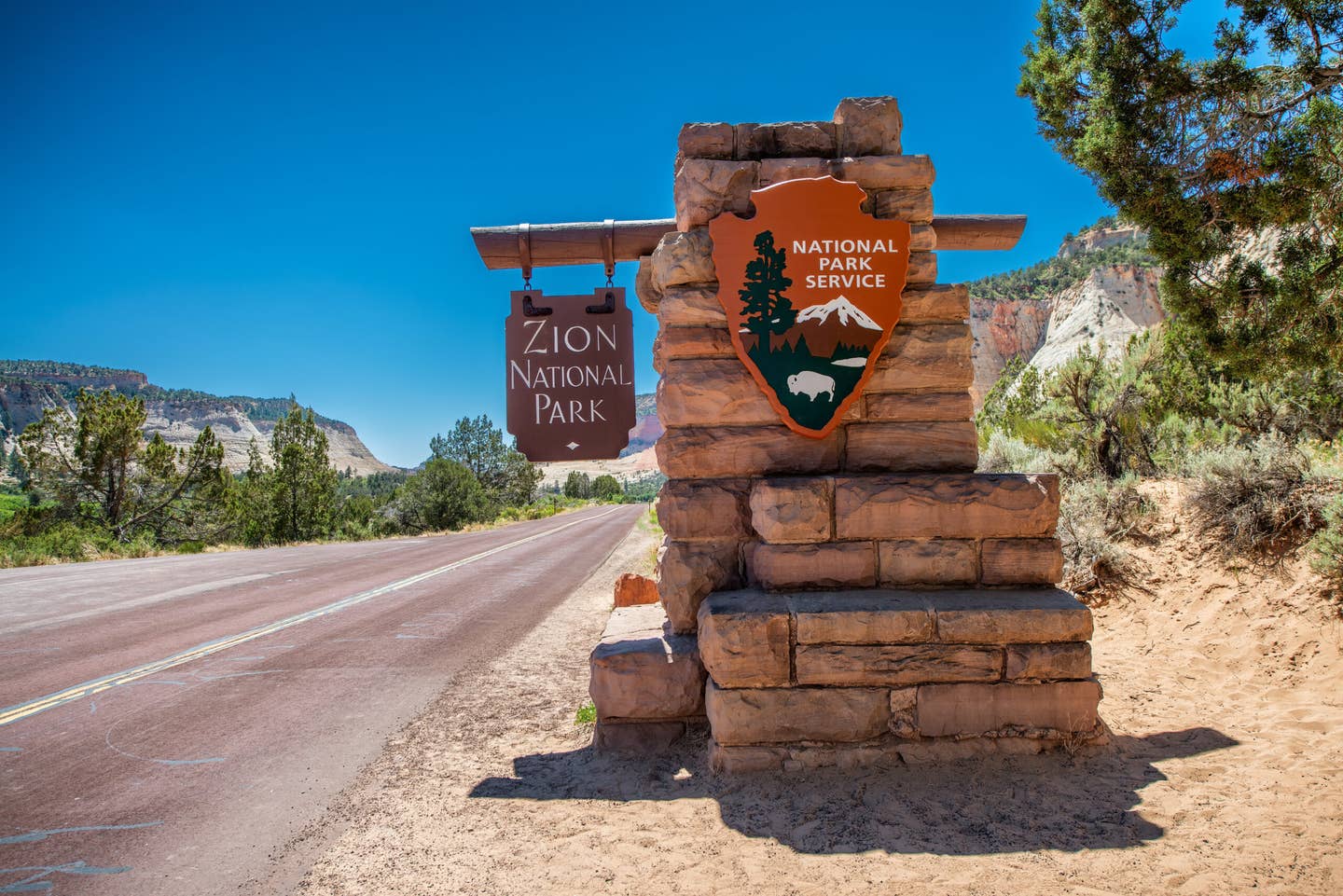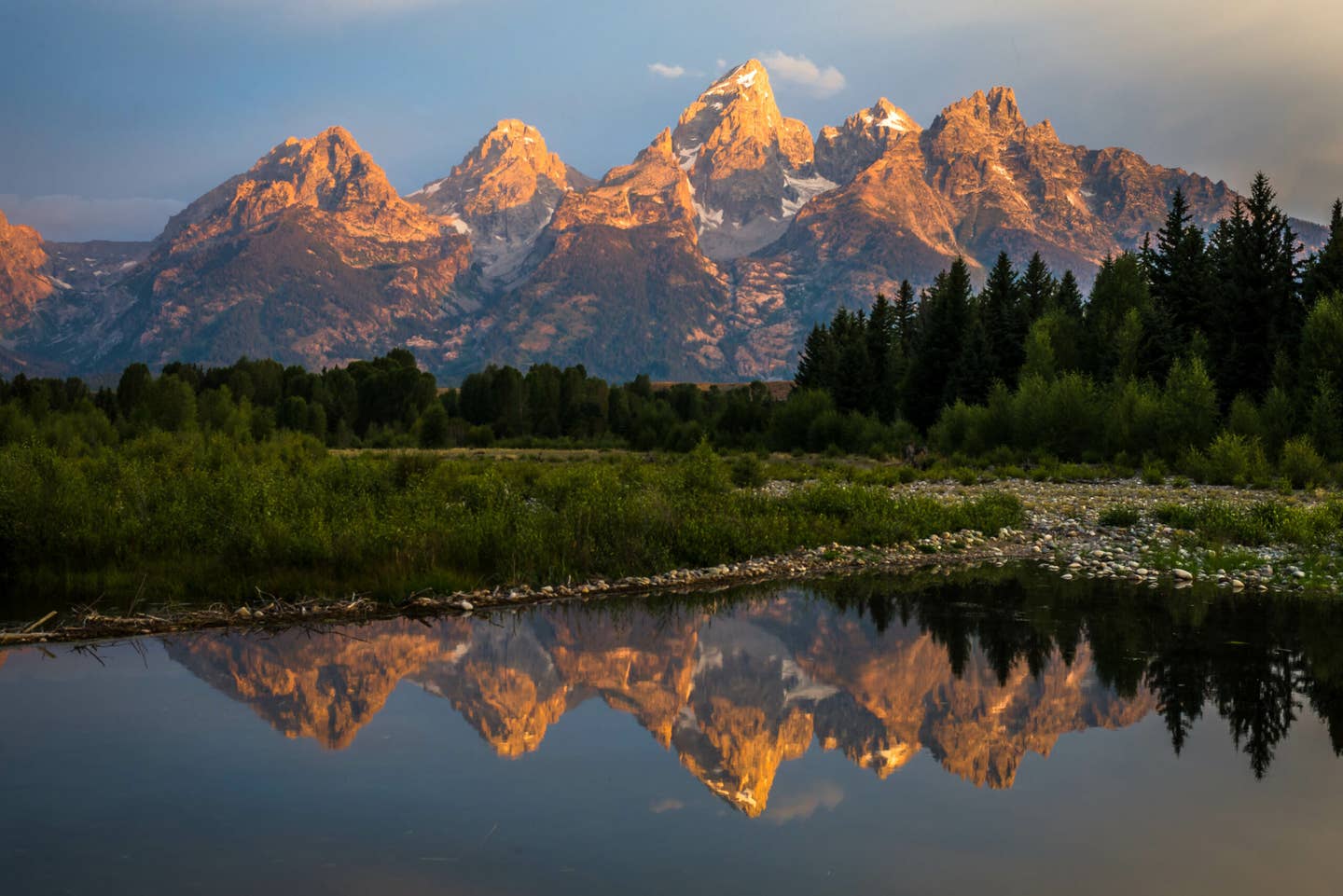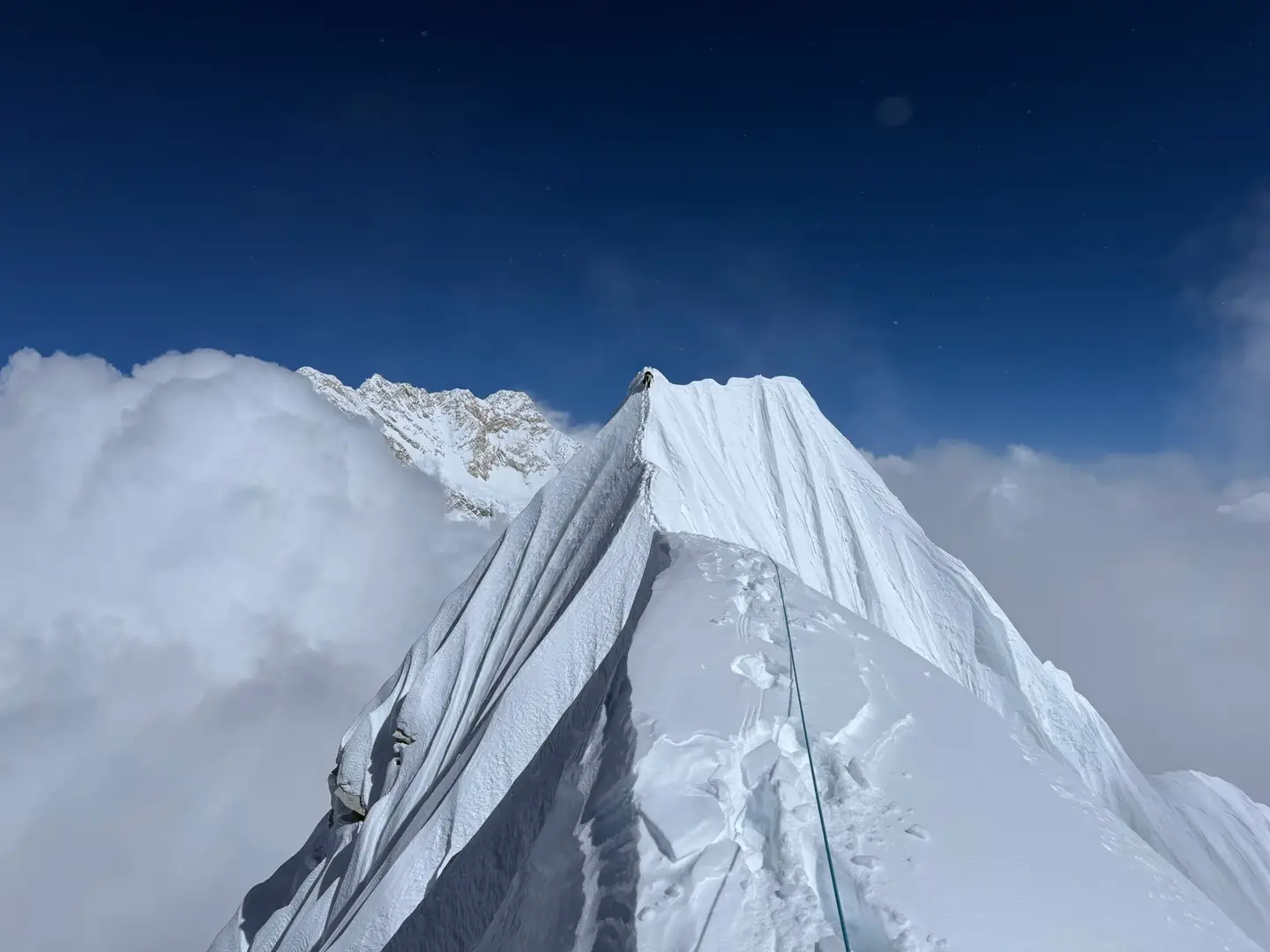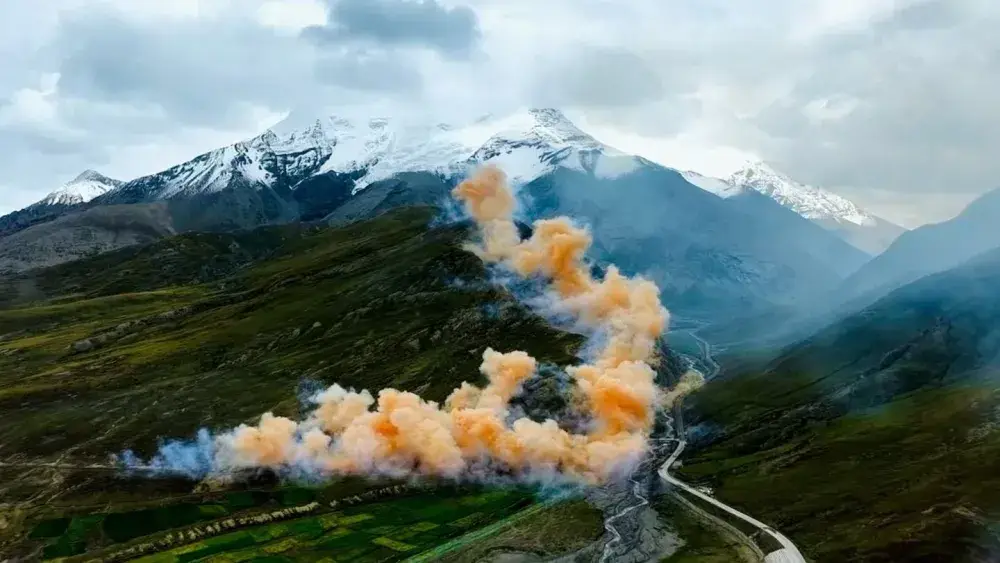

‘America-First’ Pricing Hits National Parks Next Year
Shop Now
Popular Stories
Beginning next year, international visitors to 11 U.S. National Parks will face a $100 per person fee on top of standard entrance fees, the Department of Interior announced Monday.
“These policies ensure U.S. taxpayers, who already support the National Park System, continue to enjoy affordable access, while international visitors contribute their fair share to keeping our parks in shape,” Interior Secretary Doug Burgum said in a press release.
America the Beautiful, for a price
Here's the deal with the new pricing structure. Most parks charge around $35 per private vehicle for entry. Annual passes are $80 for U.S. residents, while nonresidents will pay $250.
Skip the pass? That extra $100 per person fee kicks in at select parks. Revenue at the gates goes back into park maintenance, upgrades, and ranger pay.
Parks impacted
- Acadia, Maine
- Bryce Canyon, Utah
- Everglades, Florida
- Glacier, Montana
- Grand Canyon, Arizona
- Grand Teton, Wyoming
- Rocky Mountain, Colorado
- Sequoia & Kings Canyon, California
- Yellowstone, ID/MT/WY
- Yosemite, California
- Zion, Utah
(Sequoia and Kings Canyon operate as one for fee purposes.)
Sign Up for the TGR Gravity Check Newsletter Now
Fee-free days (U.S. residents only)
There are a handful of holidays where fees are waived, but only for U.S. residents. International visitors will still have to cough up the $100 per person or grab an annual pass. In 2026, these days include: President’s Day, Memorial Day, Flag Day, Independence Day weekend, NPS 110th Birthday, Constitution Day, Theodore Roosevelt’s Birthday, Veterans Day.
Will Americans actually benefit?
The plan is marketed as “America-first,” but experts note it’s unclear if U.S. visitors will see less crowded parks or better ranger coverage. Resident fees aren’t changing, and staff budgets are mostly tied to federal funding, not gate revenue. Extra international revenue could support maintenance projects, but it may not automatically mean smoother, cheaper access for domestic travelers.
Additionally, policies like these (not to mention aggressive customs enforcement), are designed to discourage foreigners from visiting the United States. Who wants to risk being detained and deported if they have an issue with their tourism visa? Raising prices for national park access follows the trend.
The fact that prices aren't going down for U.S. residents suggests the policy could be intended to depress park visitorship overall. In tandem with the administration's attempts to sell off large swaths of public land to private investors, making it harder for people to visit national parks is part and parcel of a larger issue.
Only time will tell how things shake out for our public lands. But one thing's clear in the interim: National Parks just got a whole lot more expensive for our nonresident friends.






